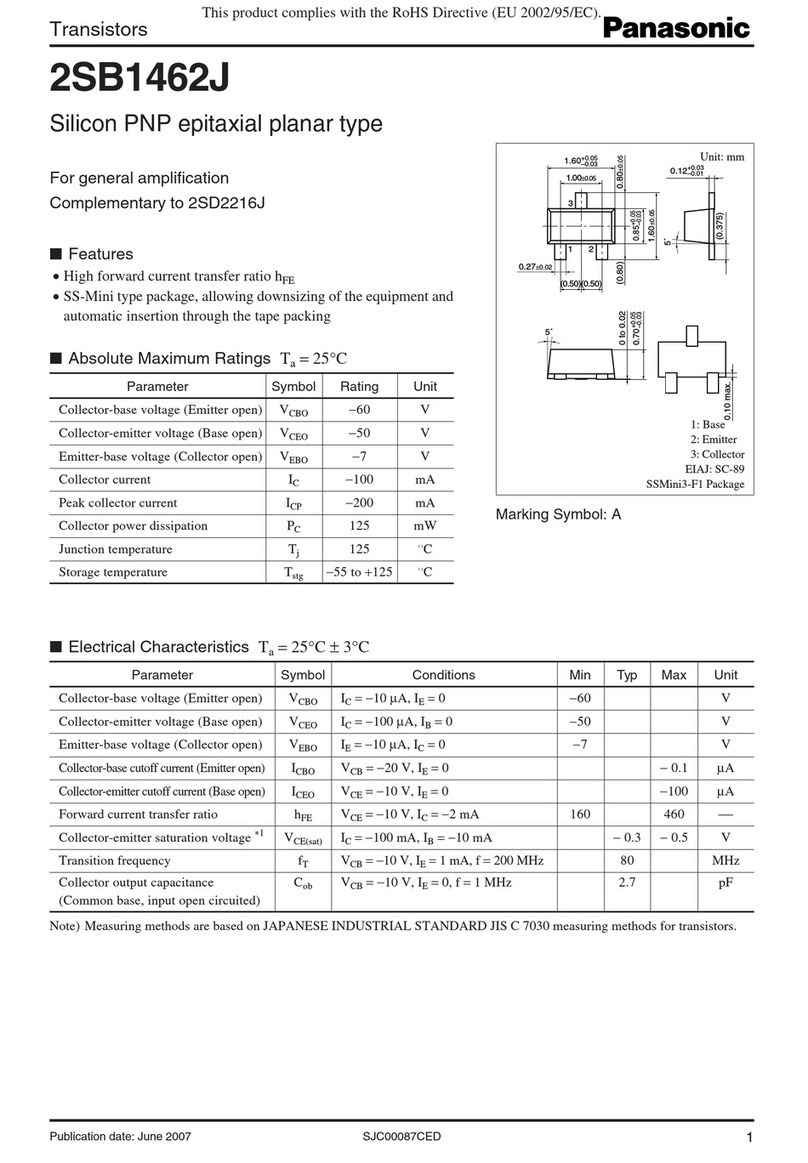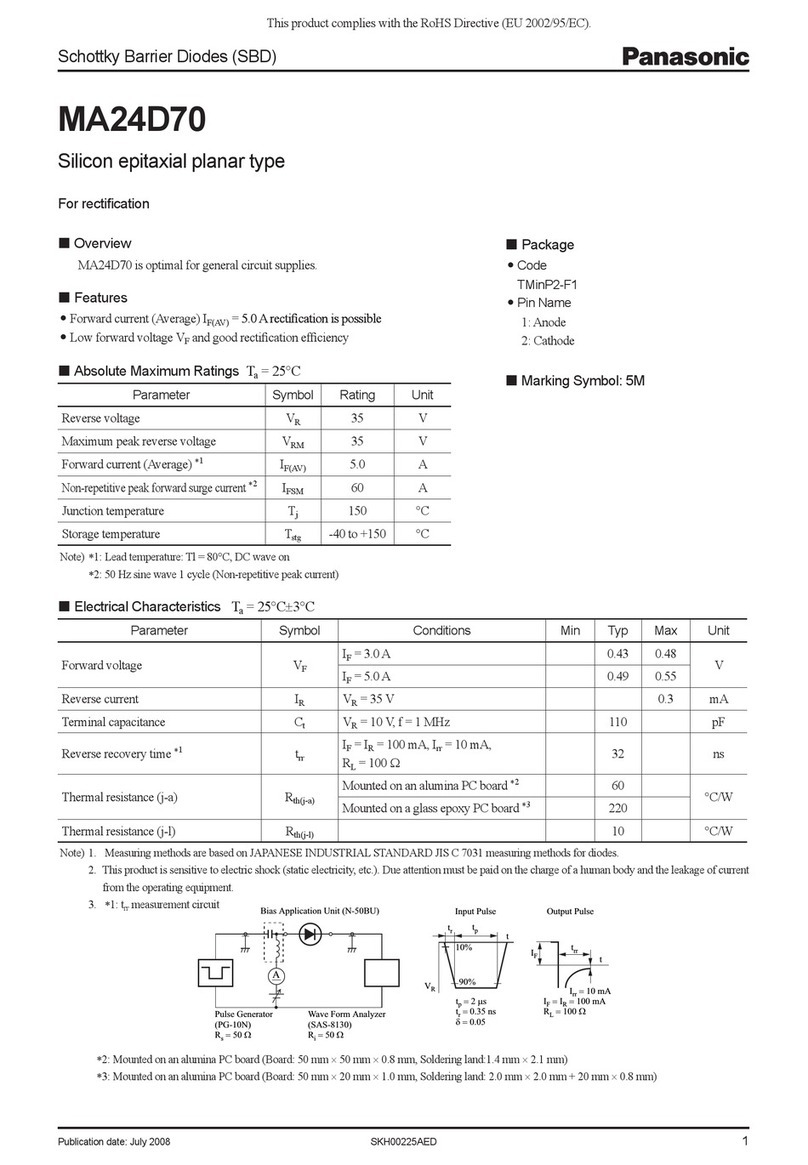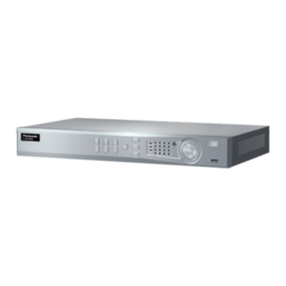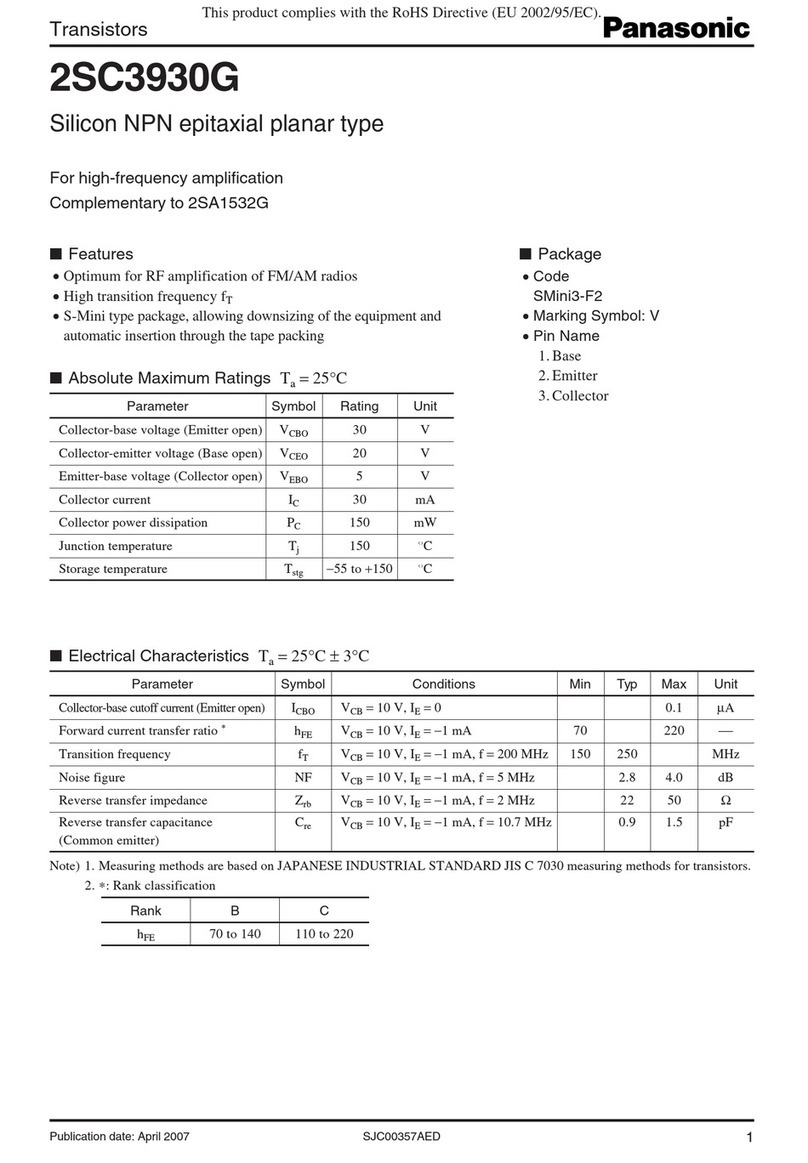Panasonic KX-TDA0187 User manual
Other Panasonic Network Hardware manuals
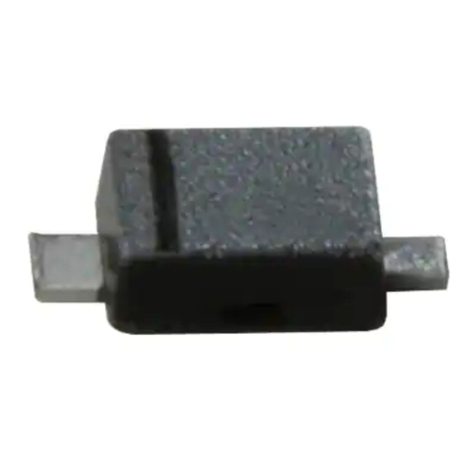
Panasonic
Panasonic Rectifier Diodes MA2J115 (MA115) User manual
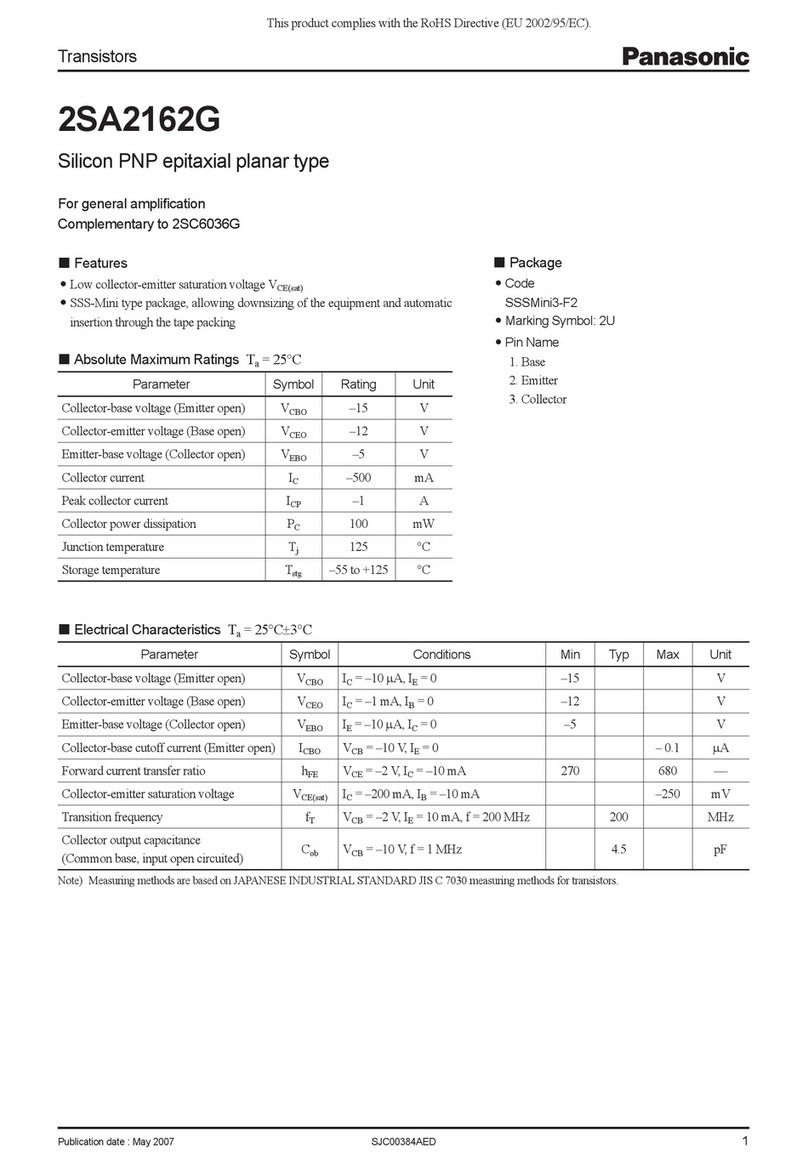
Panasonic
Panasonic Transistors 2SA2162G User manual

Panasonic
Panasonic PN59021 User manual

Panasonic
Panasonic Schottky Barrier Diodes MA27D270G User manual

Panasonic
Panasonic RD-AA8190-01 User manual

Panasonic
Panasonic Schottky Barrier Diodes MA3J745EG User manual

Panasonic
Panasonic Schottky Barrier Diodes MA3X716 (MA716) User manual
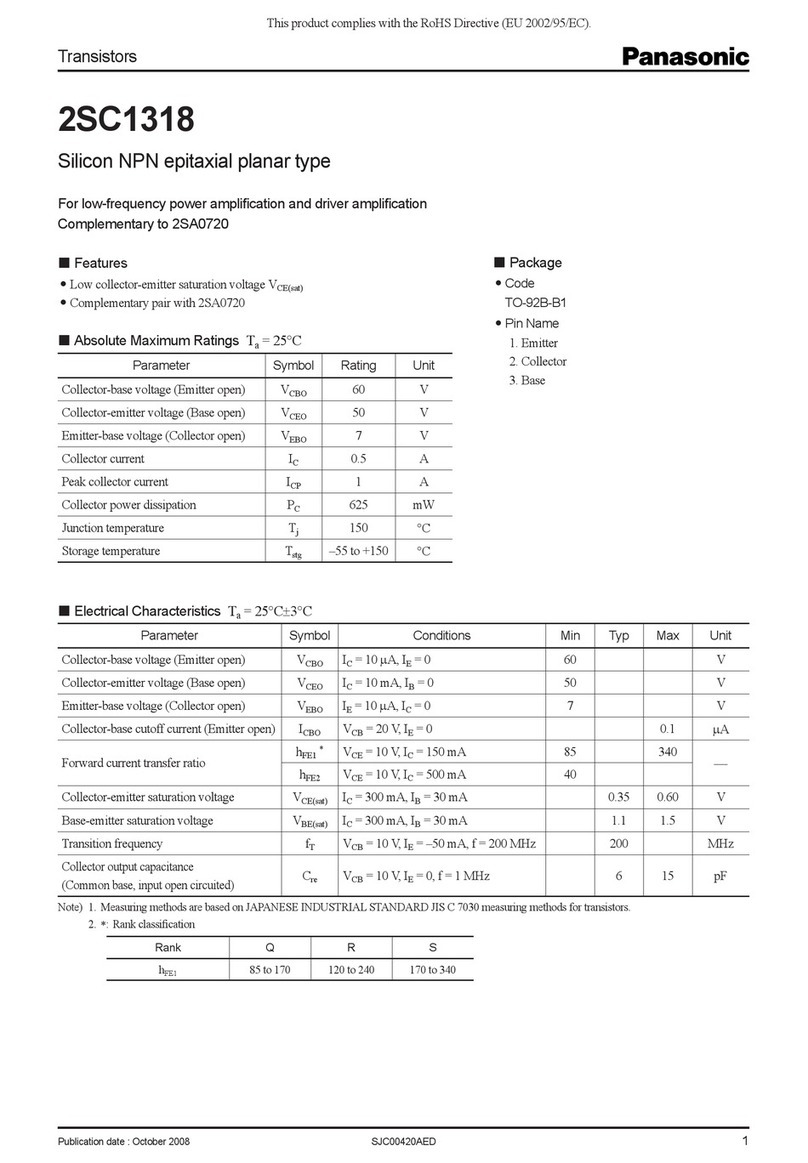
Panasonic
Panasonic Transistors 2SC1318 User manual
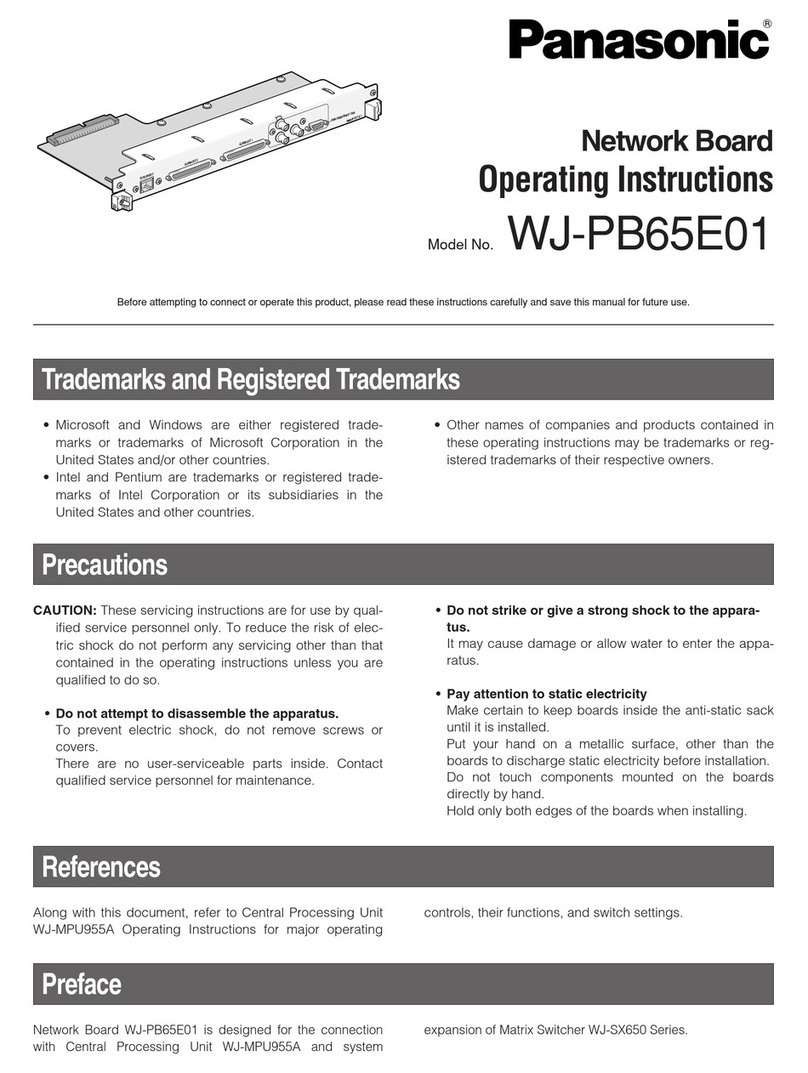
Panasonic
Panasonic WJ-PB65E01 User manual
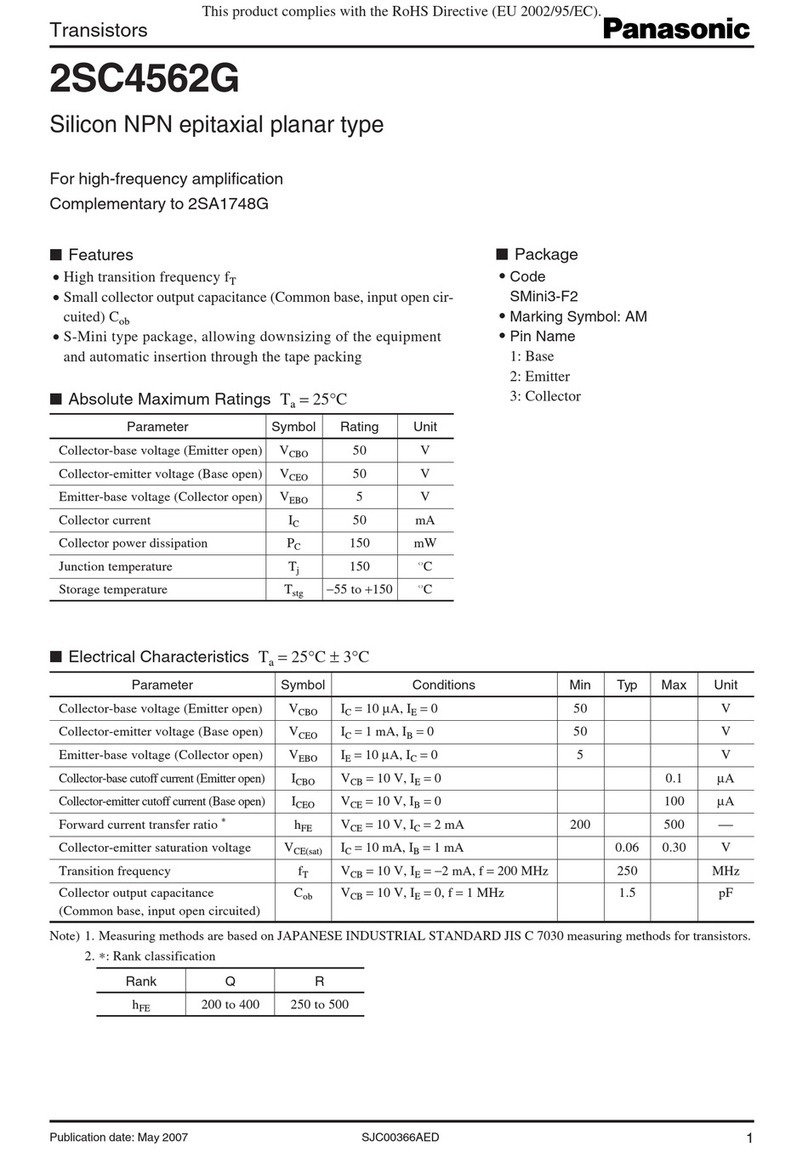
Panasonic
Panasonic Transistors 2SC4562G User manual
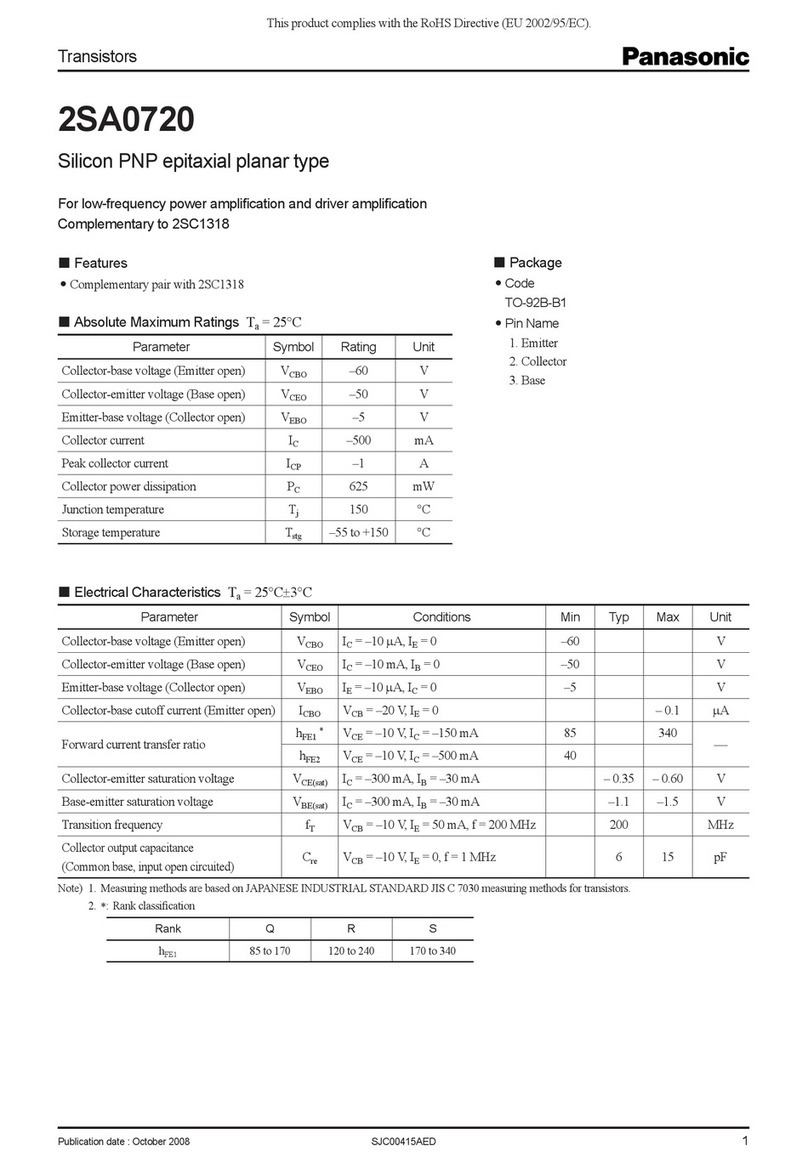
Panasonic
Panasonic Transistors 2SA0720 User manual
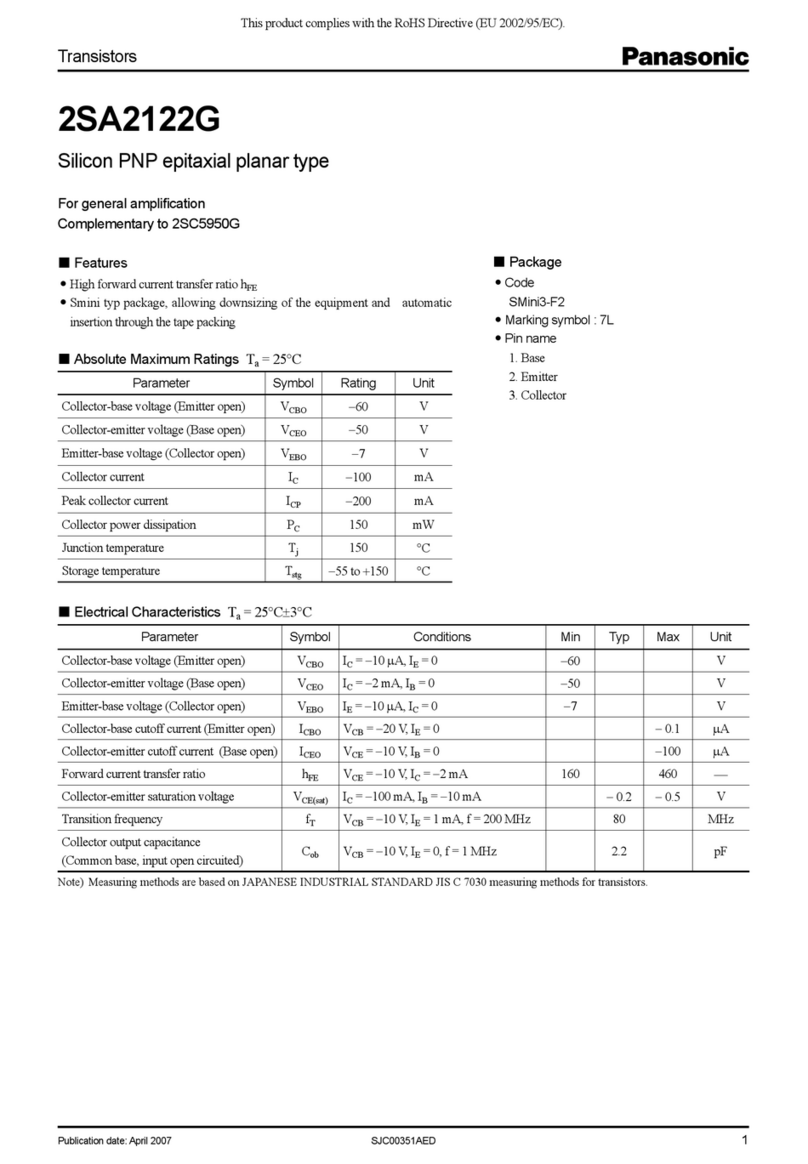
Panasonic
Panasonic Transistors 2SA2122G User manual
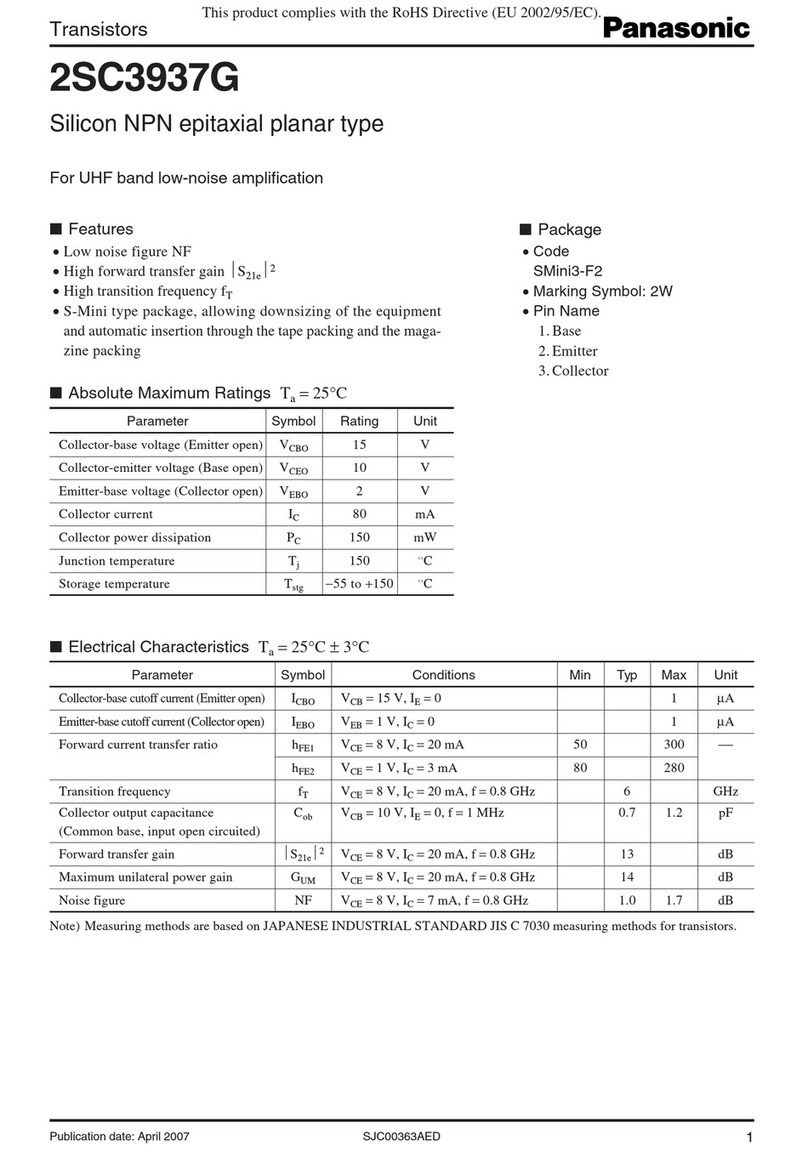
Panasonic
Panasonic Transistors 2SC3937G User manual
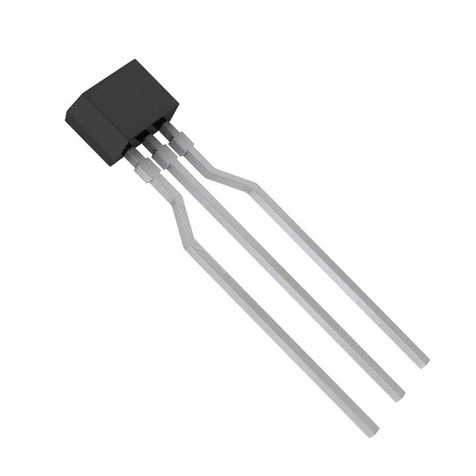
Panasonic
Panasonic Transistors 2SB1030A User manual
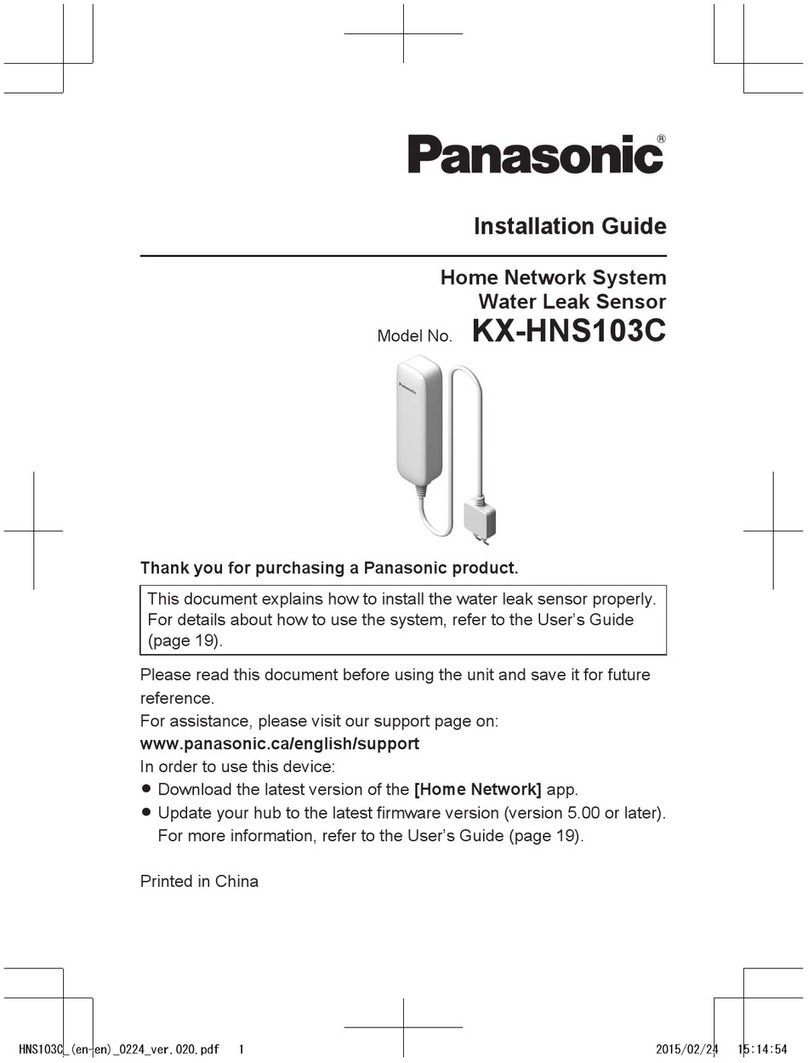
Panasonic
Panasonic KX-HNS103C User manual
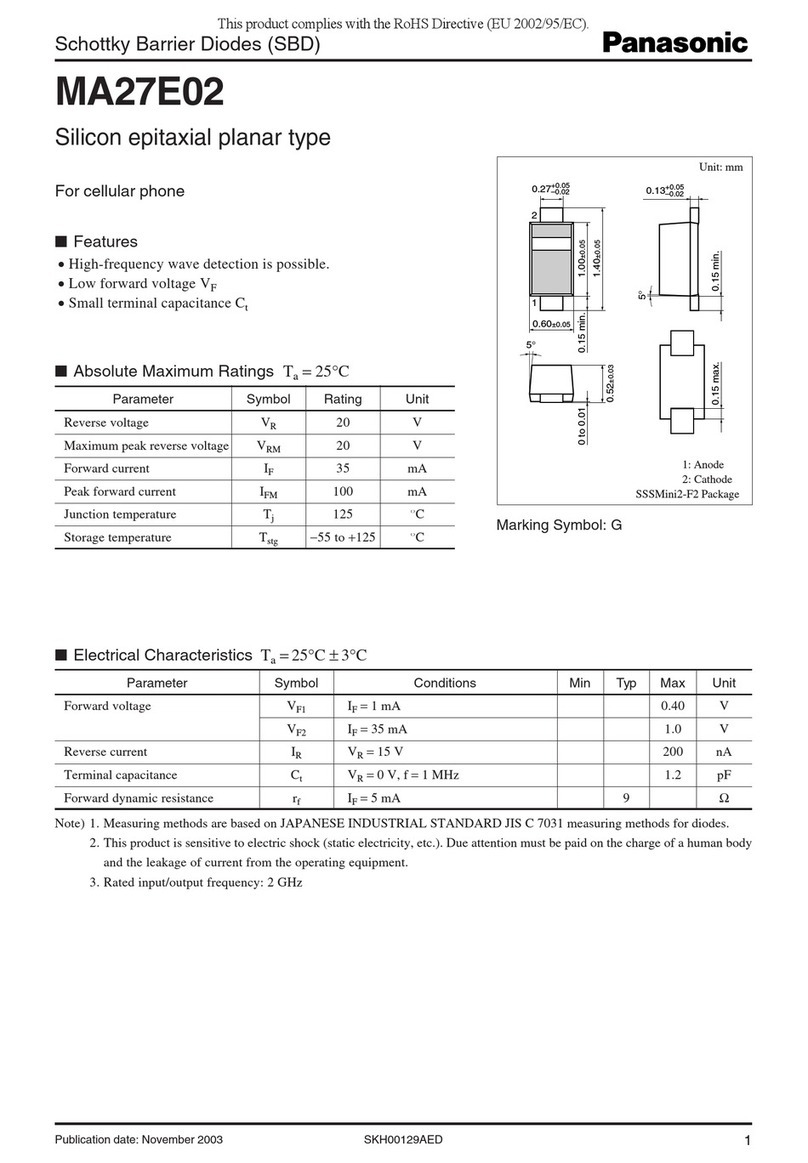
Panasonic
Panasonic Schottky Barrier Diodes MA27E02 User manual
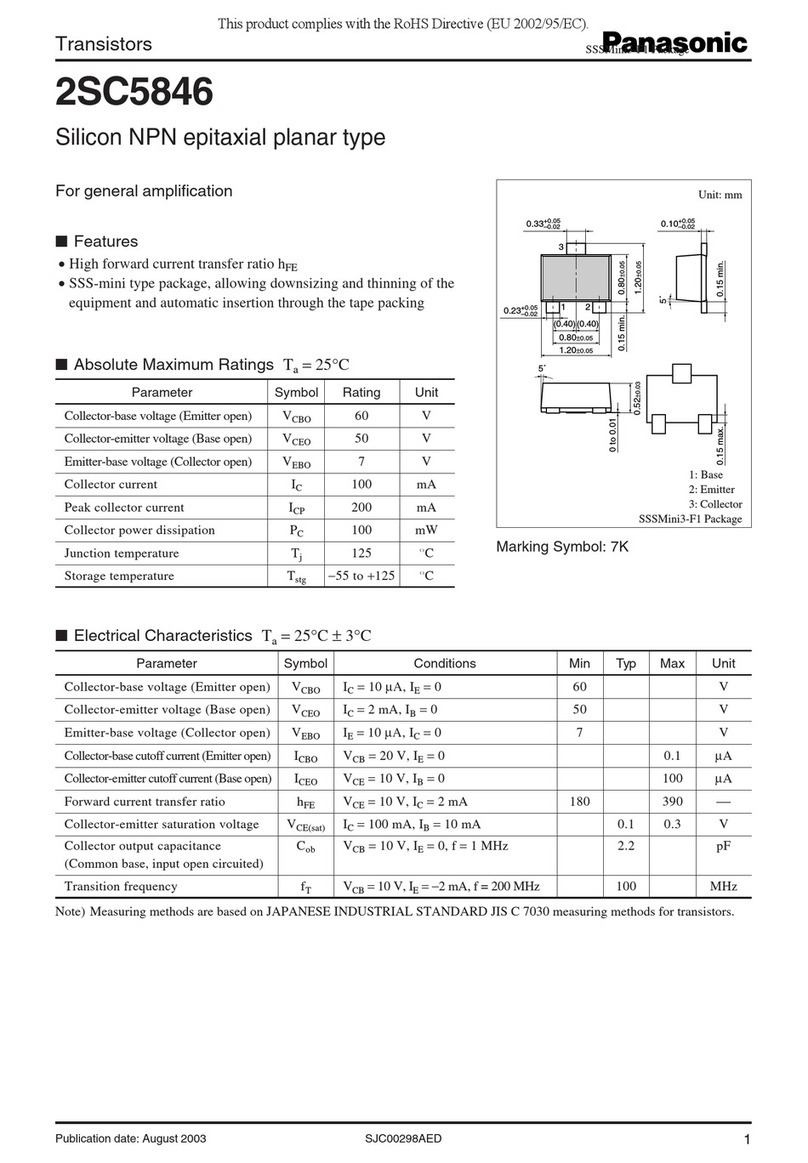
Panasonic
Panasonic Transistors 2SC5846 User manual
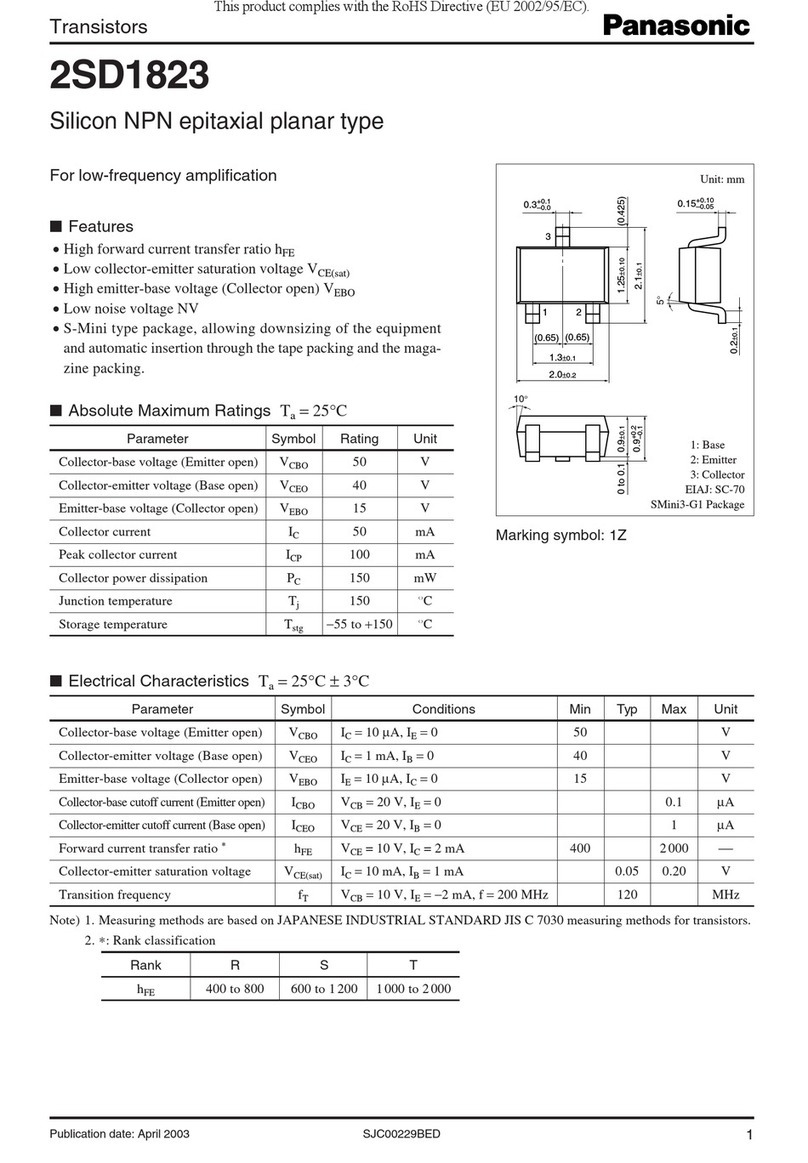
Panasonic
Panasonic Transistors 2SD1823 User manual
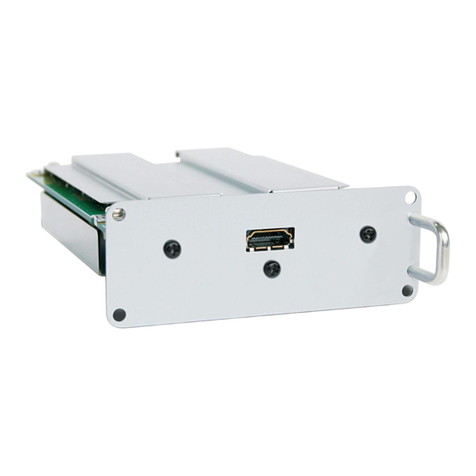
Panasonic
Panasonic TY-FB7HM User manual

Panasonic
Panasonic K-NL304K/G User manual
Popular Network Hardware manuals by other brands

Cisco
Cisco CGR 1000 Series Getting connected guide

Matrix Switch Corporation
Matrix Switch Corporation MSC-HD161DEL product manual

National Instruments
National Instruments NI 653x user manual

B&B Electronics
B&B Electronics ZXT9-IO-222R2 product manual

Yudor
Yudor YDS-16 user manual

D-Link
D-Link ShareCenter DNS-320L datasheet
